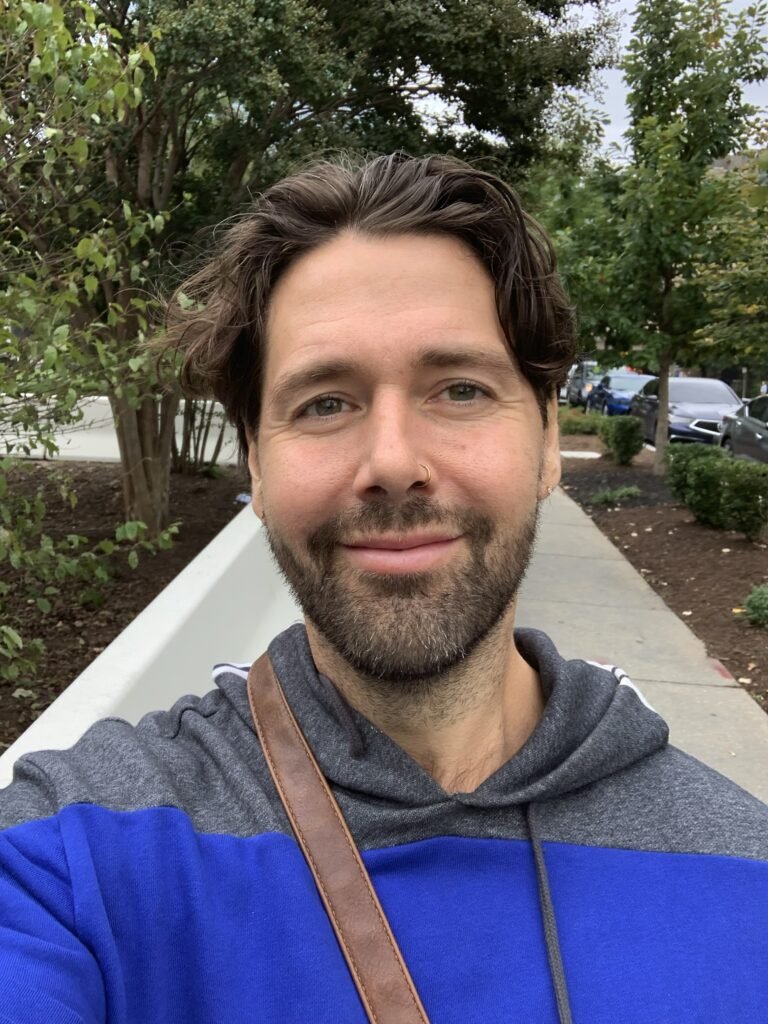Get to Know Your Spine: A Guide for Ashtanga Yogis
Welcome to the world of Ashtanga Yoga, where we align our breath and movement to create a sense of calm and balance in our lives. One of the most important parts of our physical practice is the spine, the central axis of our body that supports our movements and protects our nervous system. In this guide, we’ll take a closer look at the anatomy of the spine, its different regions, and how we can enhance our practice by understanding our body’s structure.
Section 1: The Anatomy of the Spine
Let’s start with the basics. The spine is also known as the spinal column, the vertebral column, or the backbone. It’s made up of 33 specialized bones called vertebrae, which are divided into five regions: the cervical spine, the thoracic spine, the lumbar spine, the sacrum, and the coccyx. These regions have different numbers of vertebrae and different shapes, which we’ll explore in more detail below.
Section 2: The Spinal Curves
The spine has four “normal curves,” which are essential for our balance and mobility. These curves are affected by genetics and postural habits, and they play a crucial role in our yoga practice. Let’s take a look at each of them:
Cervical lordotic curve: This curve is located in the neck and has a convex shape, curving in toward the body. It consists of seven vertebrae labeled C1 to C7 and is the most flexible part of the spine, making it prone to overuse.
Thoracic kyphotic curve: This curve is located in the upper back and has a concave shape, curving away from the body. It consists of 12 vertebrae labeled T1 to T12 and is less flexible than the cervical curve, making it challenging to bend forward and back.
Lumbar lordotic curve: This curve is located in the lower back and has a convex shape, curving in toward the body. It consists of five vertebrae labeled L1 to L5 and is more flexible than the thoracic curve, making it easier to bend forward and back but more challenging to twist.
Sacrum and coccyx kyphotic curve: This curve is located in the base of the spine and has a concave shape, curving away from the body. It consists of five fused vertebrae labeled S1 to S5 and is the least flexible part of the spine.
Section 3: The Joints and Vertebrae
The vertebrae are the specialized bones that make up the spine, and they have different shapes and functions depending on their location. Each vertebra has bony projections called spinous processes, which you can feel when you palpate your spine. These processes provide attachment points for muscles and ligaments and contribute to our posture and movement.
The joints related to vertebrae are also crucial for our spinal health. These joints allow our vertebrae to move and flex, providing us with the mobility we need for our yoga practice. Understanding these joints and how they work can help us prevent injuries and enhance our alignment.
Conclusion:
The spine is an essential part of our body, and understanding its anatomy and function is crucial for our yoga practice. By learning about the different regions of the spine, its curves, and the vertebrae and joints, we can enhance our alignment, prevent injuries, and deepen our awareness of our body’s structure. So next time you roll out your mat, take a moment to connect with your spine and remember the incredible support it provides. Namaste.

